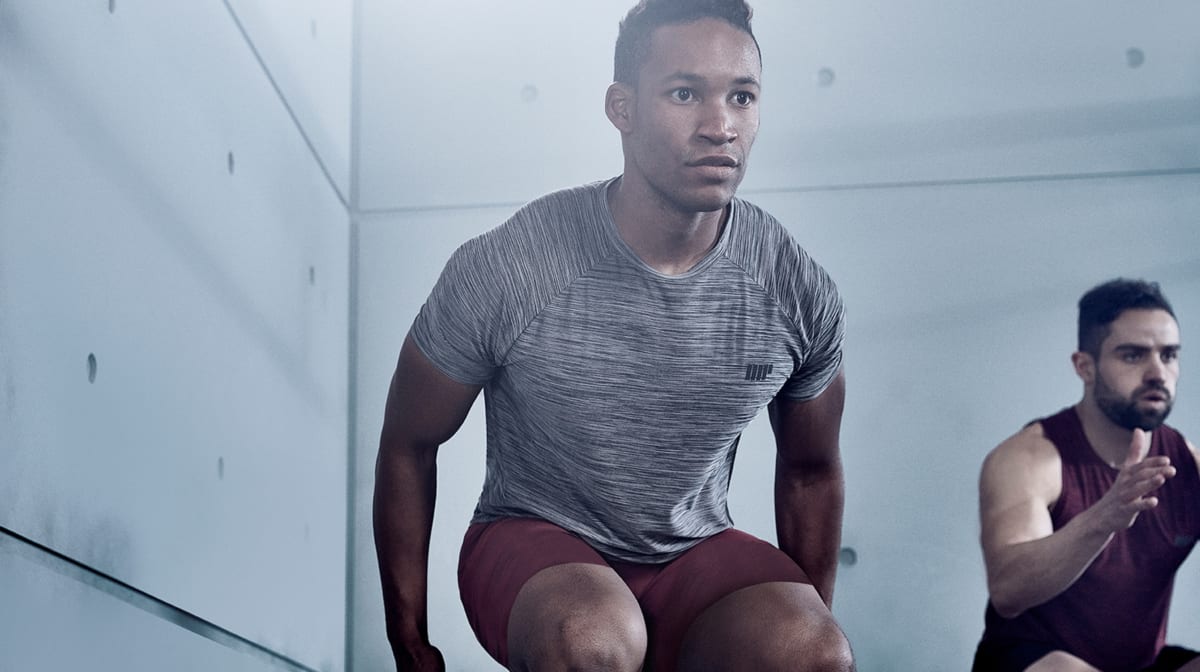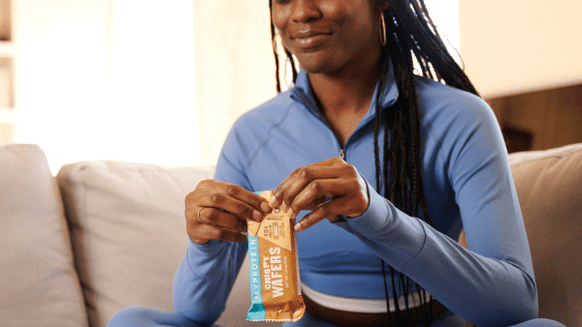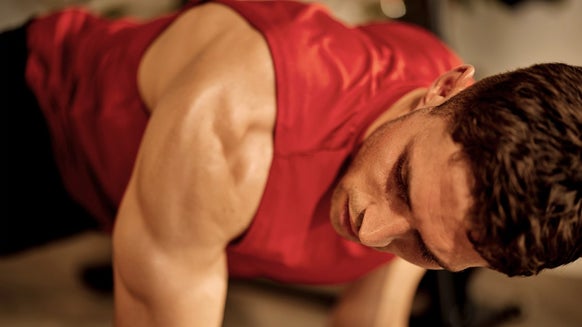
The lateral bound is the fancy name for plyometric leaps, also known as the leg to leg hops. While somewhat accurate, this title doesn’t do justice to the many benefits to be had, nor does it quite explain the explosive nature of the movement.
You are hopping on the spot from foot to foot. The ‘bound’ part is right, as the exercise requires you to leap as high and as far over as you can from one leg to the other. While you are moving in a similar fashion to the elliptical machine, lateral bounds are more akin to the average squat related plyometric exercise than running or cardio. The intensity that leads to your heart pumping like never before is just a happy side effect.
The Benefits Of Lateral Bounds
Lateral bounds combine several types of exercise in one, including callisthenics, cardiovascular exercise and, of course, plyometrics.
While lateral bounds certainly target specific muscles, you can consider it a full-body workout. Primarily it targets the muscles you work during a squat, which is your quads, core, hamstrings, calf muscles and glutes. Lateral bounds, however, place extra strain on your propelling muscles, with your calf muscles arguably put to work more from the leaping action. Your outer thighs and calf muscles will bear much of the force when pushing yourself from side to side, so the exercise is also partially similar to the effects of adductor exercises.
Best of all, as with other plyometric exercises, the free, natural range of movement means that smaller, auxiliary muscles and tendons, often neglected with fixed range exercises, see the attention that they need. The result of this can be improved balance, symmetrical strength and better posture. For example, while a leg press is certainly the right exercise for building your quads, it does not require balance and is very much geared to target only the primary muscles involved.
How Can Lateral Bounds Improve Your Functional Abilities?
Lateral bounds are above all an exercise that can help with functional strength, agility and explosive power. This applies to all sports that require lateral power. This means nimbleness and dexterity in soccer and football along with base-stealing in baseball. That’s not all; lateral power also means greater hip and twisting strength. This can help in everything from swinging a bat or racket, to sprinting and driving a golf ball.
How To Perform A Lateral Bound
- Start with your feet apart as if you are about to perform a squat with your feet and stance facing 90 degrees away from the direction you will be heading.
- You will jump from side to side as far as you can while maintaining your balance.
- Bob down to a half squat. This will allow you to engage your hamstrings to launch yourself.
- From the starting position, your aim is to propel yourself to the opposite foot in an upwards-sidewards arching motion.
- Beginning to your left, push from your right foot, taking the weight on the outside of your leg.
- This is not a single movement with a defined endpoint, but rather a continual fluid movement, with each landing forming the basis for the other legs platform.
- When you land, push off as soon as you land, again leaping upwards and outwards, preparing to bound back to the other foot.
A good first tip, as you begin to advance your ability, is to emphasize certain elements of the lateral bound. While you should move nimbly from foot to foot balance is the key element to this exercise. You should first of all aim to spend as little time as possible on your landing foot, but by holding the landing an extra beat you will ensure that you are not ‘fluking’ the exercise by working on your balance for that extra fraction of a second.
Begin with five leaps on each foot – that’s ten in total. Increase this number as you improve. Adding weight is an option, but as long as it is tightly harnessed. A Bavarian lifting sack across your shoulder or a fitted rucksack will alter your balance and potentially reduce your range of movement.
Advancing The Lateral Bound
The best way to advance this exercise is to first increase the range of your bound, then to up the number of leaps. Following this you can add an elevated platform – ideally a soft plyometric box – and leap from the floor, landing on the box, and back down.
The premise of this exercise is the same, though you will have to work one leg at a time, thus creating semi pauses. You will, however, by creating an incline put more muscle fibres to work. You also won't be able to cut corners, guaranteeing that each leap reaches the minimum height of the box.

Alice Pearson is a UKVRN Registered Associate Nutritionist and UK Anti‐Doping accredited advisor, having obtained a Bachelor’s of Science in Nutrition and a Master’s of Science in Sport Nutrition. She has a specialist interest in the use of sports supplements for improving health, fitness, and sport performance. Alice has experience working with both amateur and elite athletes, including providing nutritional support to Tranmere Rovers FC and Newcastle Falcons Rugby Club. Her nutritional guidance is always supported by evidence‐based research, which she keeps up to date through continuing professional development and independent learning. In her spare time, Alice loves travelling, hitting the gym, and getting stuck into a good book. Find out more about Alice's story here.










